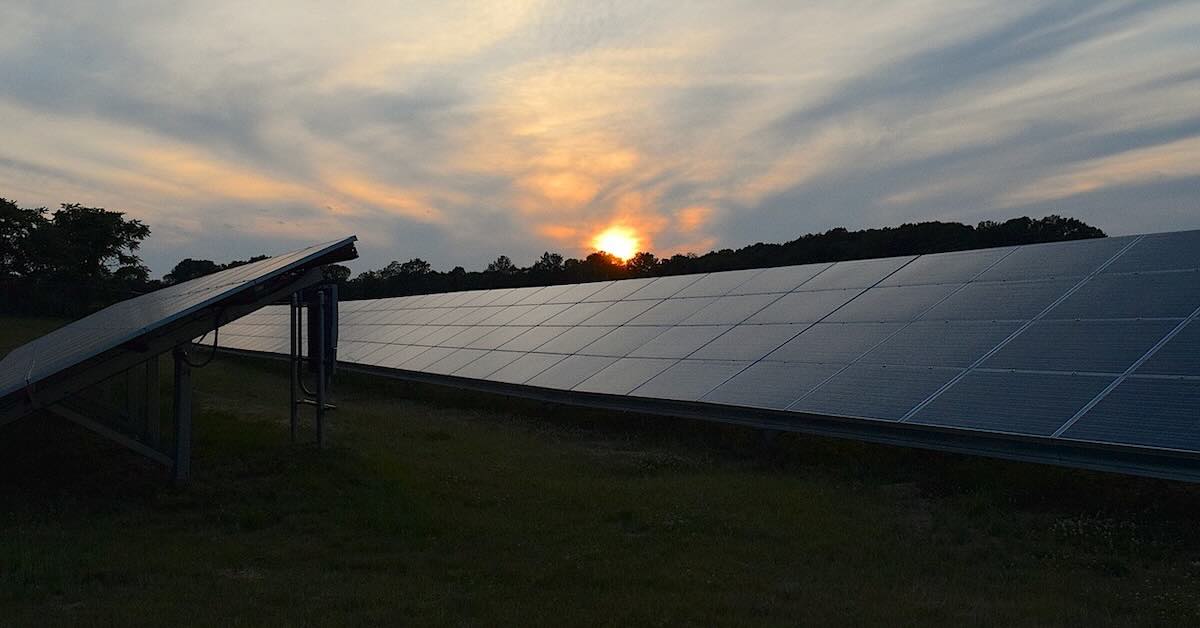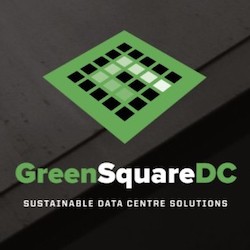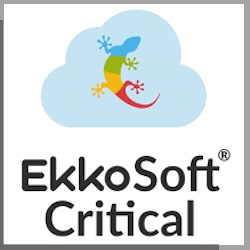Although solar energy consumption continues to grow, much of the solar energy market suffered from layoffs, lack of profits and industry turmoil throughout 2024. And more solar industry job cuts arrived in early 2025.
The big question: What steps can solar energy technology companies -- and their partners -- take to achieve sustainable profits and growth in 2025?
Financial Losses Overshadow Solar Energy Market Growth
At first glance, the solar power industry looks healthy. Indeed, worldwide solar capacity grew 29% in 2024 compared to 2023, Ember estimated. Roughly 75% of those new installs occurred in China, the United States, India, Germany and Brazil, the researcher said.
But take a closer look and multiple factors have crushed numerous solar energy technology companies in 2024. Among the challenges: Heightened interest rates -- at least compared to the Zero Interest Rate Policy (ZIRP) years -- has forced some consumers and businesses to abandon or delay financing for potential solar projects. The situation is particularly challenging in California, which slashed solar power incentives in 2023.
Solar Energy Market: Perfect Storm Forces Layoffs, Executive Changes
Overall, a perfect storm -- involving falling prices, rising costs, and a fiercely competitive global landscape -- has put some solar industry finances into a freefall. The fallout throughout 2024 and early 2025 has been widespread. Multiple companies announced layoffs and/or management shakeups. Here's the bruising timeline:
- January 2025: SolarEdge layoffs will impact 400 employees, the solar technology company disclosed in an SEC filing. The SolarEdge job cuts are part of a larger plan to "regain financial stability, better enabling us to achieve our organizational objectives this year and driving our return to profitable growth," CEO Shuki Nir wrote to SolarEdge employees in a memo dated January 6, 2025.
- November 2024: SolarEdge announced three rounds of layoffs in 2024. The latest SolarEdge layoffs will impact roughly 500 employees. The company plans to close its energy storage division. Most of the job cuts involve employees in South Korea. SolarEdge also had layoffs in July 2024 and January of 2024, and Zvi Lando stepped down as CEO in August of 2024. Ronen Faier is Interim CEO as of November 2024.
- November 2024: Maxeon Solar Technologies plans to focus exclusively on the U.S. market. The company is selling its EMEA (Europe, Middle East and Africa), APAC (Asia Pacific) and LATAM (Latin America) operations to parent TCL Group. The company breakup surfaces roughly one month after Maxeon named George Guo to succeed Bill Mulligan as CEO. The company in September 2024 reported weak Q2 revenues, and predicted Q3 revenues will "decline significantly" from Q2 due to "intense competitive pressures, subdued distributed generation market demand, project delays and order cancellations... and an unpredictable policy environment," SeekingAlpha reported. The solar energy company had job cuts in 2023.
- November 2024: SolarZero ceased operations, laid off 160 employees, and is facing liquidation, NewsRoom Pro reported. SolarZero, backed by BlackRock, is based in New Zealand.
- October 2024: Amid a slumping stock price, Altus Power has hired M&A advisors and appears to be up for sale. The solar energy company's board has launched a "formal review of strategic alternatives" -- which is financial jargon that means Altus Power would welcome acquisition offers and buyout proposals from potential bidders.
- August 2024: The SunPower bankruptcy also involves layoffs, SiliconValley.com reported.
- April 2024: SunPower layoffs will impact 1,000 employees, and the solar energy company will end direct sales to focus on channel partner engagements.
- March 2024: Longi Green Technology Energy Co., the world’s largest solar manufacturer, is cutting almost one-third of its staff.
- January 2024: SolarEdge layoffs will impact 16% of staff at the solar technology company.
- January 2024: SunPower apparently will have job cuts as part of a restructuring plan designed to cut the solar energy company's operating costs.
Rewind to 2023, and companies such as Palmetto, Enphase Energy, and Maxeon had layoffs.
Solar Energy Stocks: Some Sharp Declines
The fallout has been particularly painful for investors and shareholders. Here's how some solar stocks have performed from January 2024 through November 27, 2024, according to SeekingAlpha:
- Altus Power (AMPS), down 38%.
- Maxeon Solar Technologies (MAXN), down 98%.
- SolarEdge Technologies (SEDG), down 85%.
- SunPower (SPWRQ), down 100% amid bankruptcy.
In stark contrast, the S&P 500 is up about 25% from January through November 2024.
Looking ahead to 2025, the U.S. presidency transition from Joe Biden to Donald Trump likely means solar energy companies must depend less on federal government financial incentives, while focusing more on financial independence and a true path to profitability.
Among the wildcards: Trump's focus on tariffs could allow U.S. solar companies to compete more effectively against foreign rivals. But those same U.S. solar companies could also suffer if they import foreign components to build their solar solutions.
Advice for Solar Energy Channel Partners, Systems Integrators: Five Questions to Ask
Meanwhile, channel partners and systems integrators should ask the following questions before aligning with specific solar companies:
- Are you profitable? If not, when do you expect to be profitable?
- If you're not profitable, what's your runway -- i.e., how many months before you run out of cash?
- Where do you manufacture your products, and how will Trump Tariff policies potentially impact your business?
- Does your partner program include monthly recurring revenue (MRR) opportunities, and managed services software to maintain customer installs from a single dashboard?
- How large is your channel partner network, how many companies are partner program members, and what percentage of revenue comes from partners?
Bottom line: Channel partners and systems integrators must proceed with caution in 2025, because some solar technology businesses could be running out of time and money...
Note: Content originally published November 27, 2024. Updated regularly thereafter.




